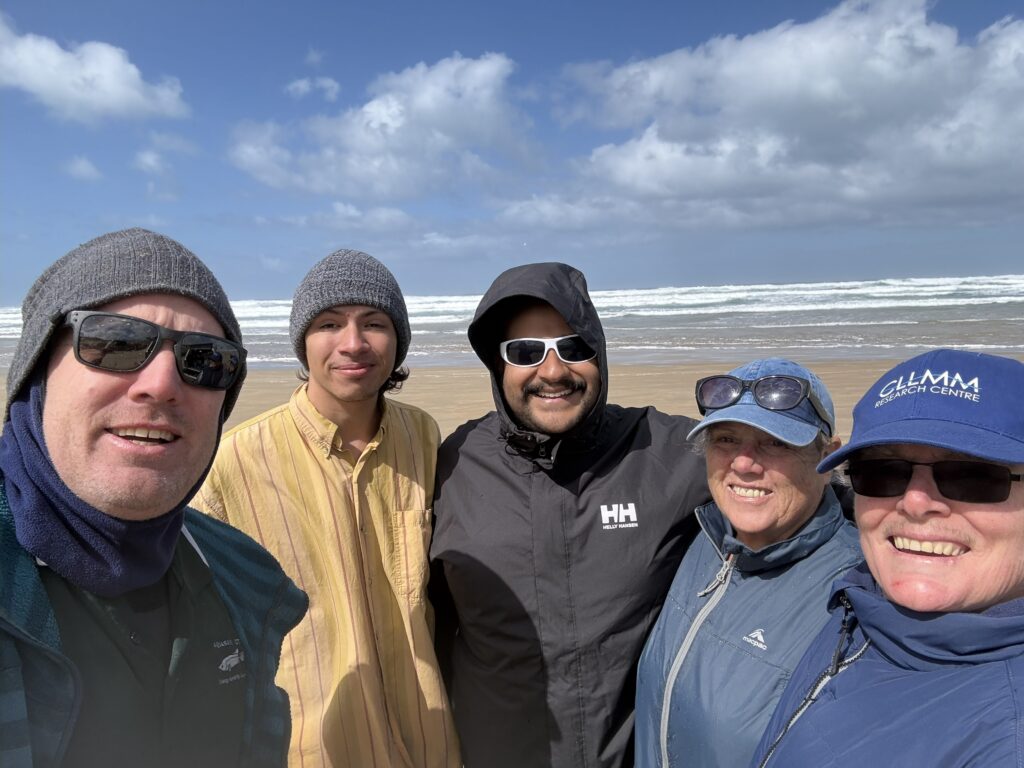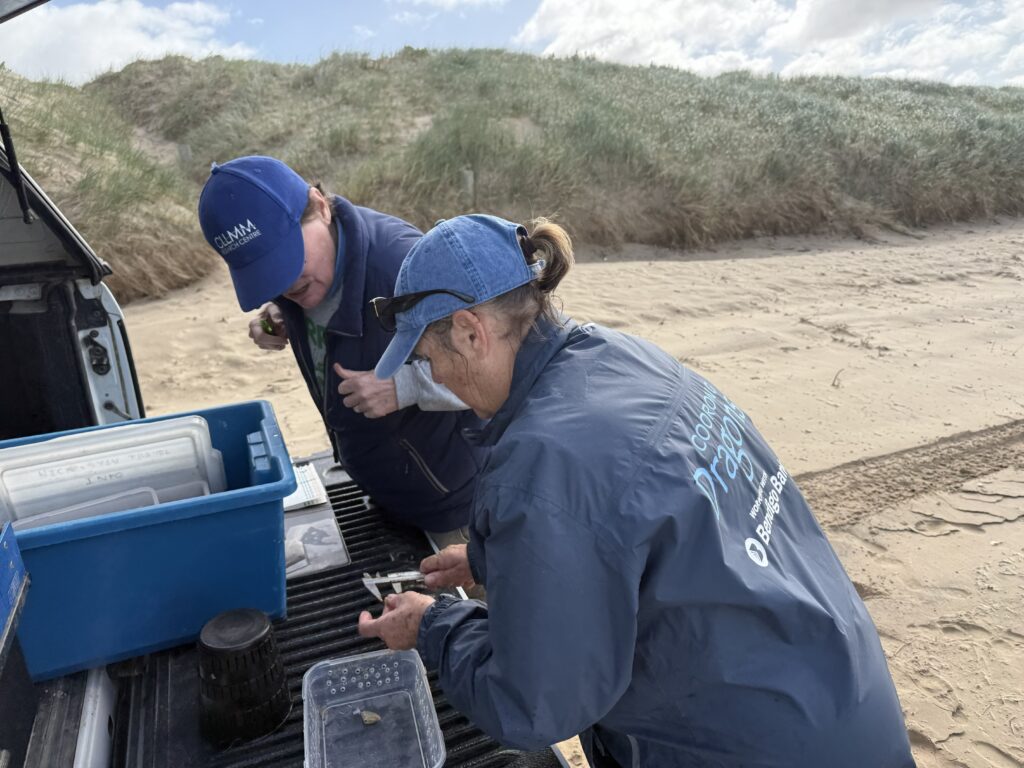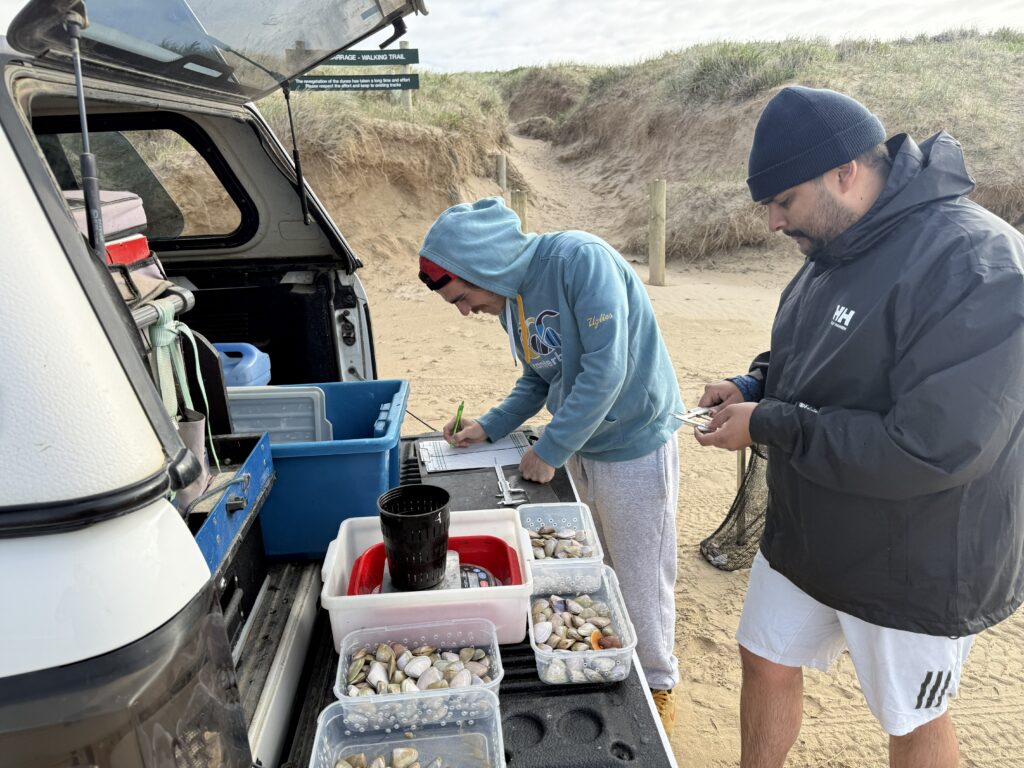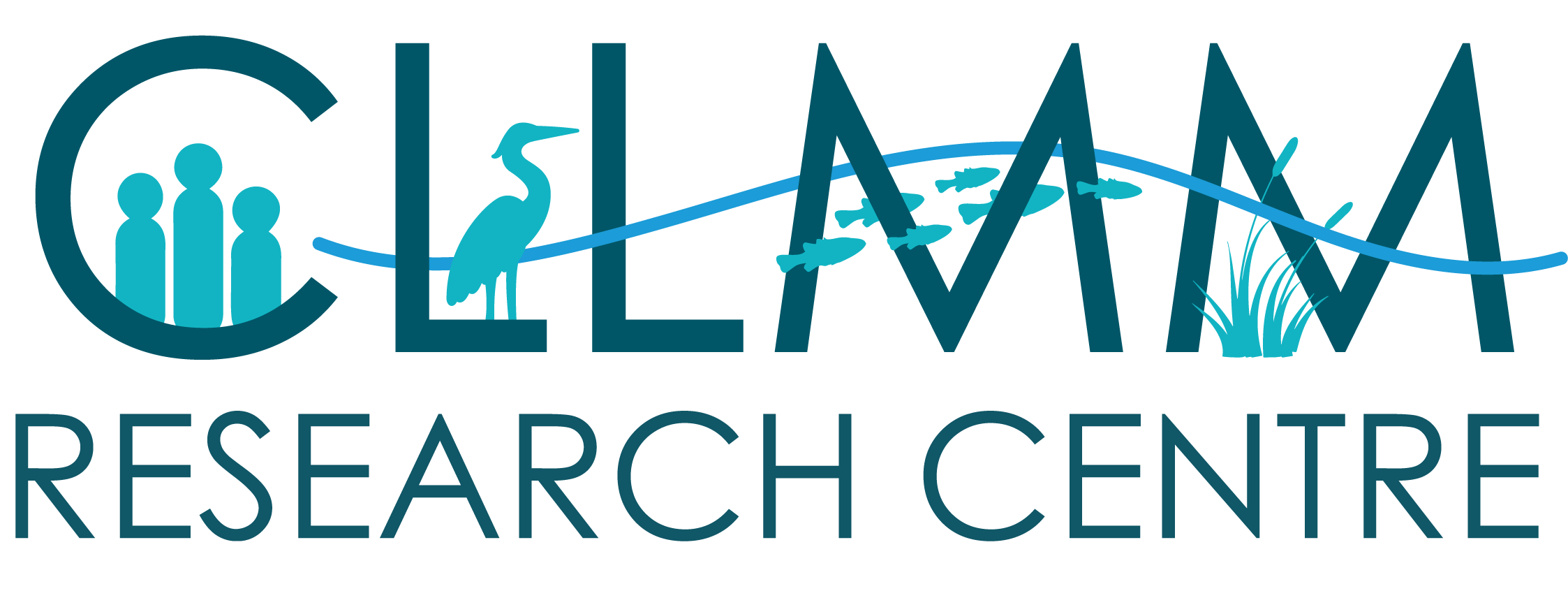In early October, the CLLMM Research Centre began surveying the cockle population along Goolwa Beach in response to the algal bloom devastating the state. Since the harmful algal bloom hit, dead cockles have been observed along the beach, which is also subject to recreational harvest.
The population surveys we’re conducting now are repeating similar surveys that took place between 2017 and 2022. Cockle catches during the 2017-22 surveys showed an incredible amount of variability but some areas had consistently higher cockle catches. From 2017 to 2022 adult cockle numbers declined, with little recruitment, until a peak was observed in 2020-21.
This year, we have enlisted the help of Ngarrindjeri Aboriginal Corporation rangers and community members to complete the surveys. Early data shows that patch catches are restricted to certain areas of the beach and that they contain a limited number of juveniles. The Research Centre will continue surveying the cockle population in 2026 so we can gain insight into how the harmful algal bloom may have impacted cockles on Goolwa Beach.



